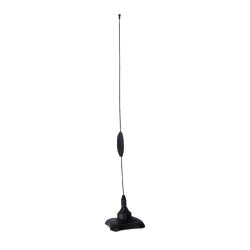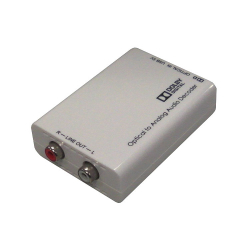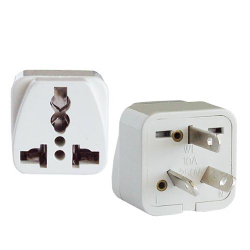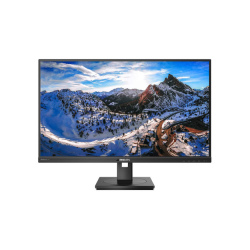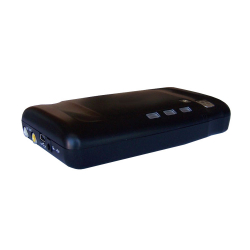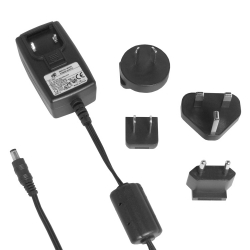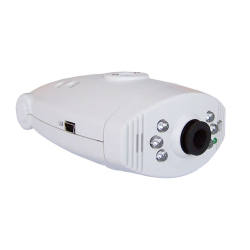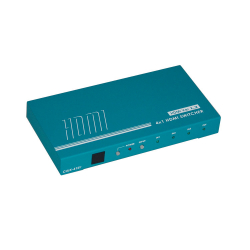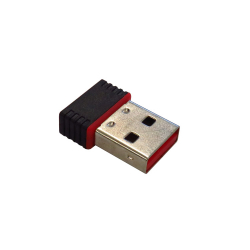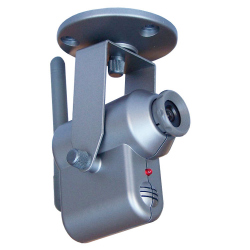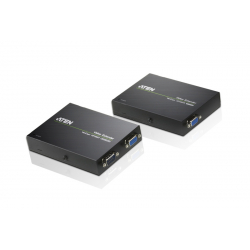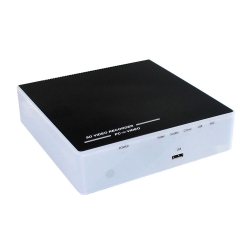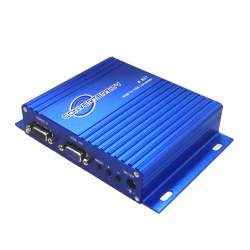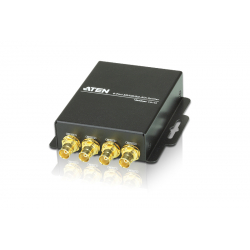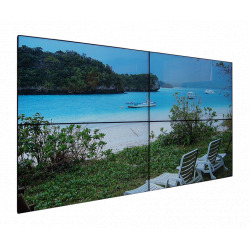A B C D E F G H I J K L M N O P Q R S T U V W X Y Z _
| SECAM | SECAM is an analog colour television system first used in France. SECAM can also be found in parts of Greece, Eastern Europe, Russia, Africa and a few other parts of the world. SECAM differs from the other colour systems by the way the R-Y and B-Y signals are carried. Firstly, SECAM uses frequency modulation to encode chrominance information on the sub carrier. Second, instead of transmitting the red and blue information together, it only sends one of them at a time, and uses the information about the other colour from the preceding line. Because SECAM transmits only one colour at a time, it is free of the colour artifacts present in NTSC and PAL resulting from the combined transmission of both signals. |
| SDI | Serial Digital Interface (SDI) is a standard for digital video transmission over coaxial cable. The most common data speed is 270 megabits per second (Mbps), however speeds of up to 540 Mbps are theoretically possible. Standard 75-ohm coaxial cable is used. SDI is designed for operation over short distances (less than 300m with coaxial cable); due to high bitrates making it inappropriate for long-distance transmission. |
| S/PDIF | Sony/Philips Digital Interconnect Format (more commonly known as Sony Philips Digital InterFace). S/PDIF is a digital interface designed to enable digital equipment to transfer digital information with minimal loss. A common use for the S/PDIF interface is to carry compressed digital audio. Connectors are either electrical coaxial cable (with RCA plug) or optical fibre (TOSLINK). |
| Scan Converter | A scan converter is a device which changes the vertical / horizontal scan frequency of a video signal for different purposes and applications. It is generally used to convert a video signal into a format compatible with a specific type of display, for example converting a digital computer signal into a format suitable for viewing on a conventional analog television set. The application of scan conversion is wide and covers video projectors, cinema equipment, TV and video capture cards, standard and HDTV televisions, LCD monitors and many different aspects of picture and video processing. |
| SVGA | Super Video Graphics Array or SVGA. Originally released as an extension to the VGA standard, the term SVGA normally refers to a resolution of 800 x 600 pixels. On paper, the original Super VGA was to be succeeded by Super XGA, but in practice the industry soon abandoned the attempt to provide a unique name for each higher display standard, and almost all display systems made between the late 1990s and the early 2000s are classed as Super VGA. Monitor manufacturers sometimes advertise their products as XGA or Super XGA. In practice this means little, since all Super VGA monitors manufactured since the later 1990s have been capable of at least XGA and usually considerably higher performance. SVGA uses a VGA connector as the original standard. |
| S-Video | An analog video signal that carries video data as two separate signals: luma (luminance) and chroma (colour), to reduce the possibility of interaction. This differs from composite video, which carries picture information as a single lower-quality signal, and component video, which carries picture information as three separate higher-quality signals. S-Video was created to try and avoid the picture degradation that can occur with composite video. S-Video carries standard definition video (typically at 480i or 576i resolution), but does not carry audio on the same cable. |
| TBC (Time Base Corrector) | A device which is used to reduce or eliminate errors caused by mechanical instability present in analog recordings on mechanical media. Without time base correction, a signal from a videotape recorder or videocassette recorder cannot be mixed with other, more time stable devices found in video studios. TBCs are also used to synchronise two video sources to allow mixing. |
| TFT Screen | A variant of Liquid Crystal Display (LCD) which uses thin-film transistor (TFT) technology to improve image quality. Generally used in the manufacturing of flat computer screens and video screens. |
| TOSLINK | TOSLINK (Optical Cable) is a standardised optical fiber connection system. Its most common use is in consumer audio equipment, where it carries a digital audio stream. It can often be found on DVD players and some game consoles to connect the digital audio stream to Dolby Digital/DTS decoders. Toshiba originally created TOSLINK (Toshiba Link) to connect their CD players to their receivers for PCM audio streams, and it was soon adopted by other manufacturers. |
